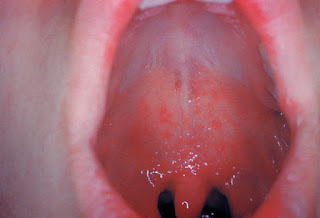Bones in Danger: Understanding Osteoporosis
Osteoporosis: What You Need to Know
Osteoporosis is a condition that affects the bones, making them weaker and more susceptible to fractures. It is a common problem, especially among older women, but it can affect anyone. In this article, we will discuss what osteoporosis is, what causes it, and how it can be treated and prevented. What is Osteoporosis? Osteoporosis is a condition in which bones become weak and fragile, making them more likely to break. It occurs when the body loses too much bone mass, makes too little bone, or both. Osteoporosis can affect any bone in the body, but the most common sites of fractures are the hip, spine, and wrist. What Causes Osteoporosis? Osteoporosis is caused by a combination of genetic and lifestyle factors. Some of the most common risk factors for osteoporosis include:- Age: The risk of osteoporosis increases as you get older.
- Gender: Women are more likely to develop osteoporosis than men.
- Family history: If your parents or siblings have osteoporosis, you are more likely to develop it.
- Low body weight: People who are thin or have a low body weight are at higher risk of osteoporosis.
- Lack of exercise: Physical activity helps build strong bones. People who are inactive are at higher risk of osteoporosis.
- Smoking: Smoking can reduce bone density and increase the risk of fractures.
- Alcohol consumption: Drinking too much alcohol can reduce bone density and increase the risk of fractures.
- Medications: There are several medications available that can slow bone loss and increase bone density. These include bisphosphonates, teriparatide, and denosumab.
- Hormone therapy: Estrogen therapy can help prevent bone loss in women who have gone through menopause.
- Calcium and vitamin D supplements: These supplements can help strengthen bones and reduce the risk of fractures.
- Exercise: Weight-bearing exercises like walking, jogging, and dancing can help maintain bone density.
- Fall prevention: Taking steps to prevent falls, such as removing tripping hazards and installing grab bars in bathrooms, can reduce the risk of fractures.
- Eat a healthy diet rich in calcium and vitamin D.
- Get regular exercise, especially weight-bearing exercises like walking, jogging, and dancing.
- Avoid smoking and limit alcohol consumption.
- Get regular bone density screenings, especially if you are over 50 or have other risk factors for osteoporosis.
- Take steps to prevent falls, such as removing tripping hazards and installing grab bars in bathrooms.



Comments
Post a Comment